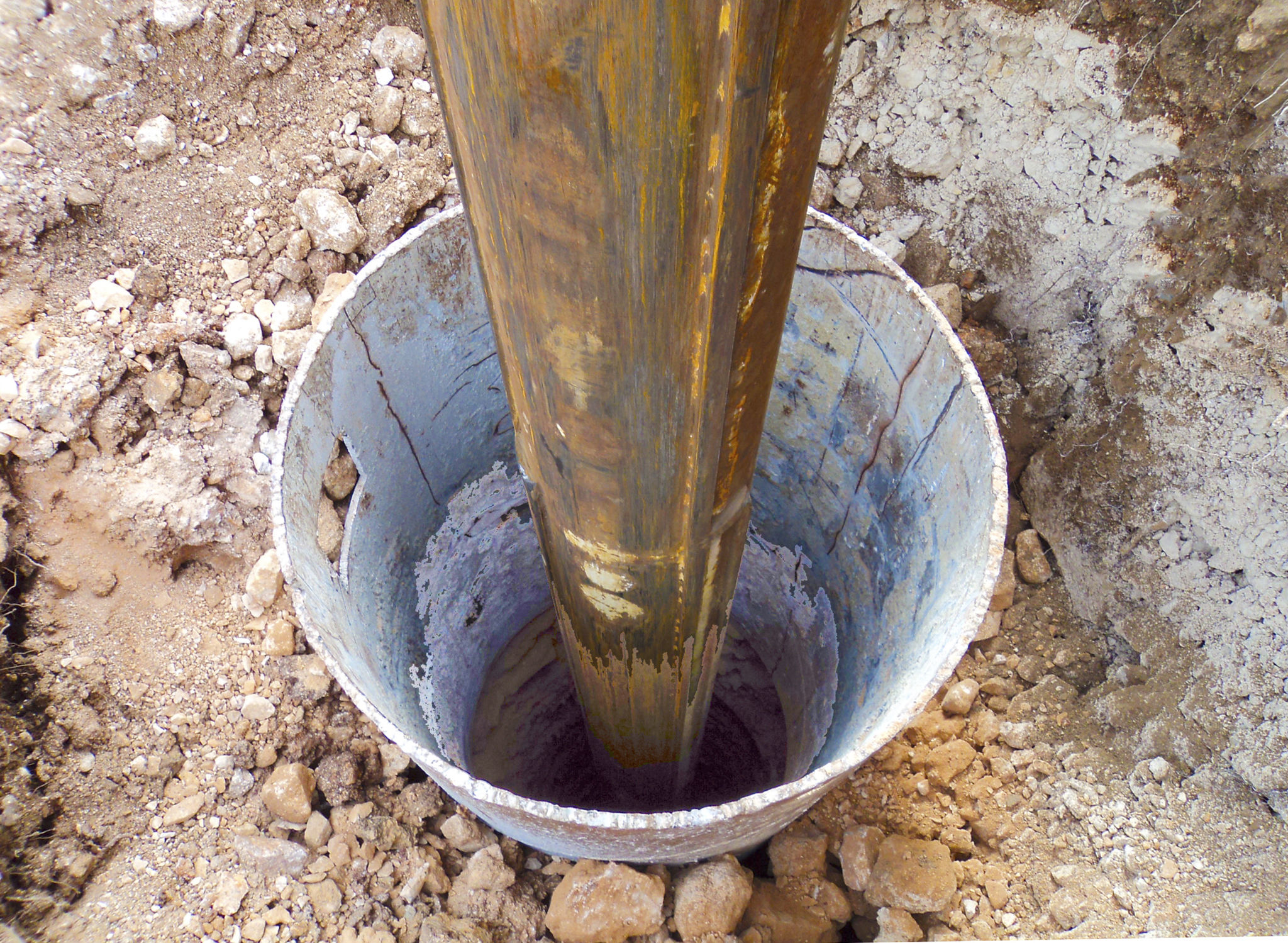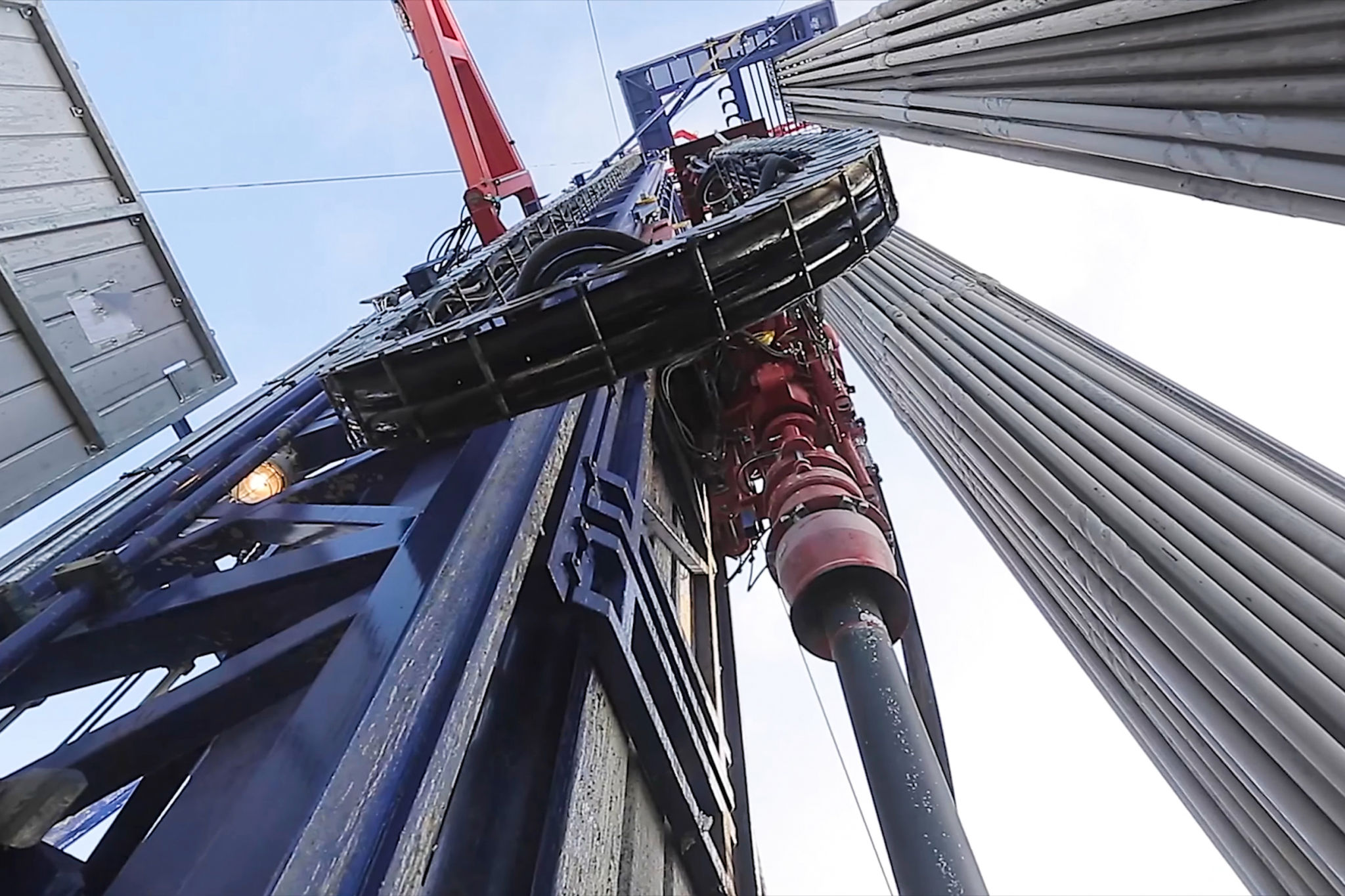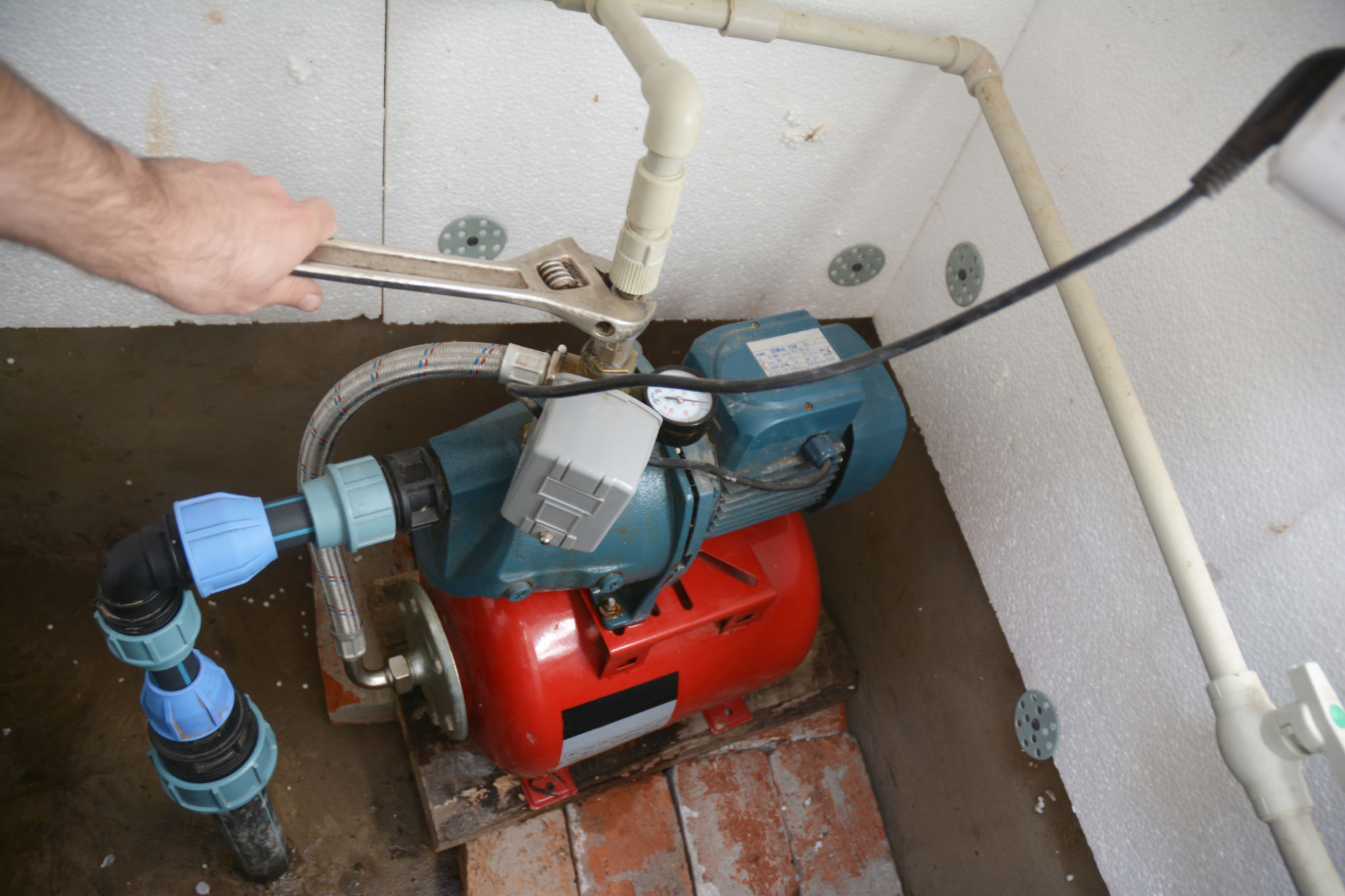Understanding the Borehole Drilling Process in Mashonaland East
Introduction to Borehole Drilling
Borehole drilling is a crucial process for accessing underground water, providing a reliable water source for communities and businesses. In Mashonaland East, where water scarcity can be an issue, understanding the borehole drilling process is essential for sustainable water management. This article aims to demystify the steps involved in borehole drilling, highlighting its importance and benefits.

Site Assessment and Planning
The first step in the borehole drilling process is conducting a thorough site assessment. This involves evaluating geological surveys and hydro-geological reports to determine the best location for drilling. Experts assess the land's topography, soil type, and existing water tables to ensure optimal results. Proper planning helps minimize the risk of dry boreholes and ensures efficient resource use.
During this phase, environmental considerations are also taken into account. Ensuring that the drilling process does not adversely affect the surrounding ecosystem is a priority. Careful planning is crucial for the long-term sustainability of the water source.
Drilling Process
Once a suitable site is chosen, the drilling process begins. This involves using specialized equipment to penetrate the earth's surface and reach underground water reserves. The depth of the borehole can vary depending on the geological conditions and the depth of the water table.

Modern drilling techniques have significantly improved over the years, allowing for more precise and efficient operations. Rotary drill rigs are commonly used in Mashonaland East due to their effectiveness in various soil conditions. This phase requires skilled operators to ensure that the borehole is drilled safely and accurately.
Installation of Casing and Screens
After drilling, installing casing and screens is vital to protect the borehole from collapsing and to keep out contaminants. The casing is typically made of steel or PVC and lines the borehole walls. Screens are installed at water-bearing layers to allow water flow while preventing sediment from entering the system.
This step is critical for maintaining water quality and ensuring the longevity of the borehole. Proper installation ensures that the borehole provides clean and safe water to users.

Pumping Test and Water Quality Analysis
Once the installation is complete, a pumping test is conducted to determine the borehole's yield and efficiency. This test helps ascertain how much water can be sustainably extracted without depleting the source. It also identifies any potential issues that might affect performance.
Simultaneously, water quality analysis is performed to ensure that the extracted water meets health standards. Testing for contaminants such as nitrates, heavy metals, and bacteria is essential before utilizing the water for consumption or irrigation.
Maintenance and Sustainability
Regular maintenance of boreholes is crucial for continued operation and sustainability. Periodic inspections, cleaning, and repairs help prevent issues such as blockages or mechanical failures. Engaging with professional maintenance services ensures that the borehole remains functional for years to come.

Community education on responsible water use and conservation is also vital. By promoting sustainable practices, communities can maximize their borehole's lifespan while minimizing environmental impact.
Conclusion
Understanding the borehole drilling process in Mashonaland East is essential for effective water resource management. From site assessment to maintenance, each step plays a significant role in ensuring a reliable water supply. By investing in proper drilling techniques and sustainable practices, communities can secure their water needs and promote environmental conservation for future generations.